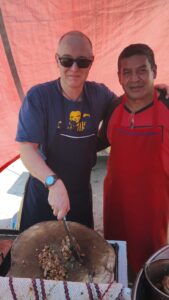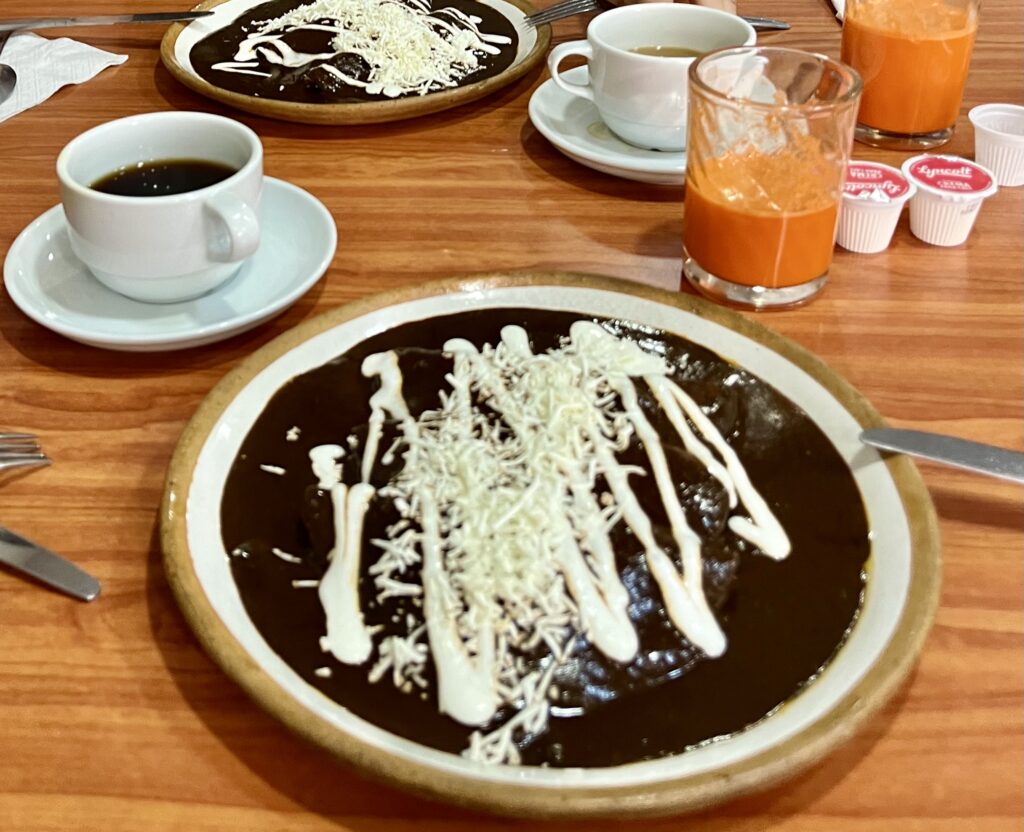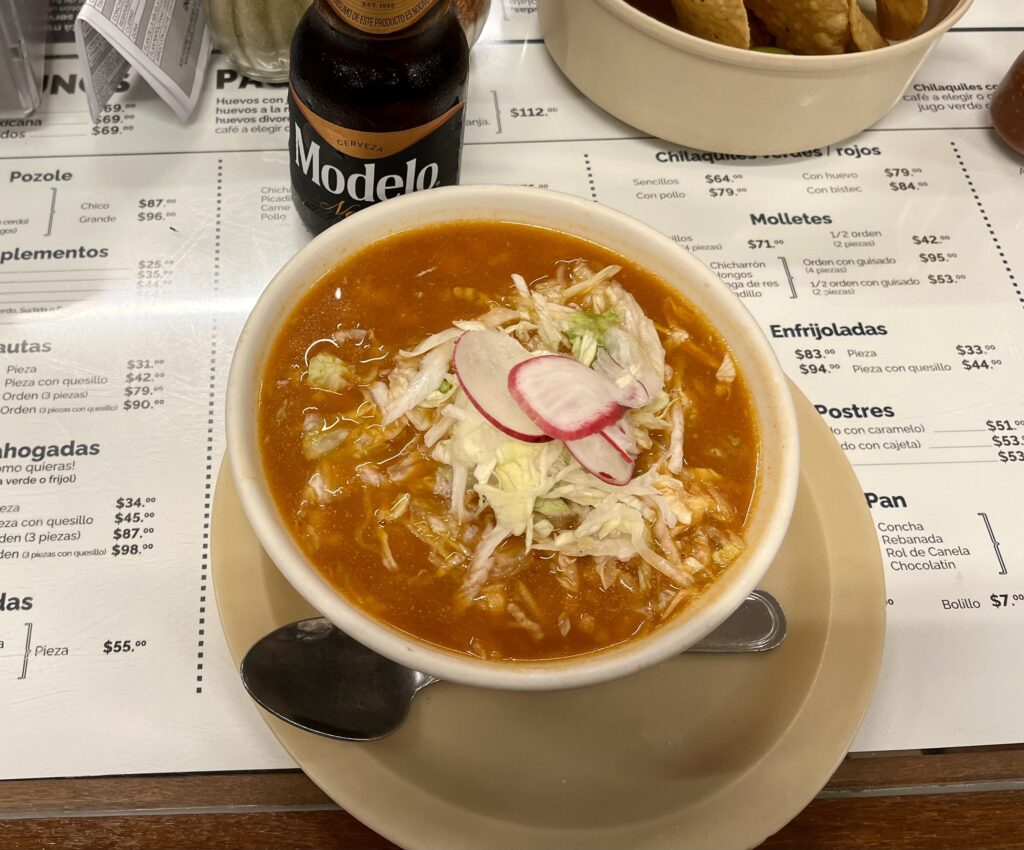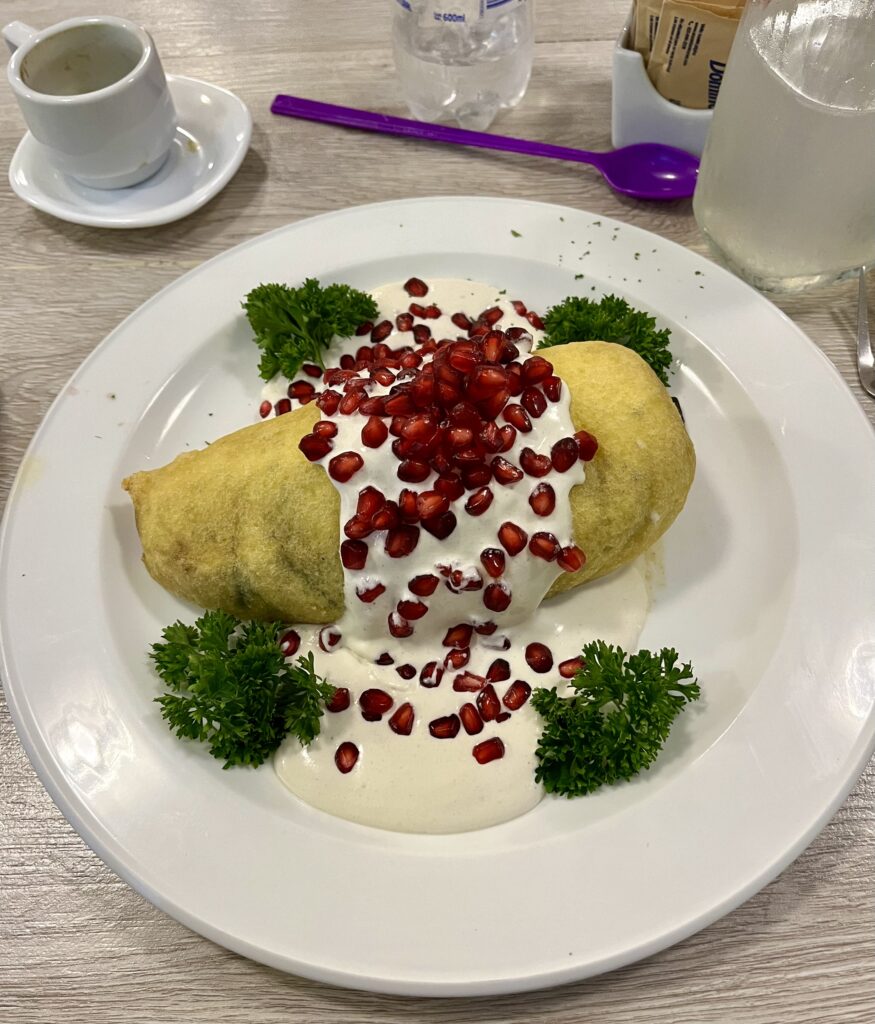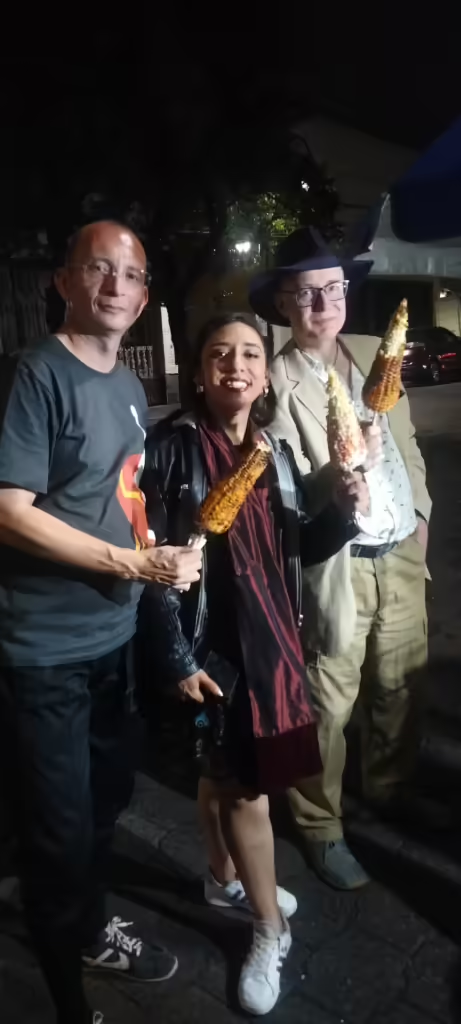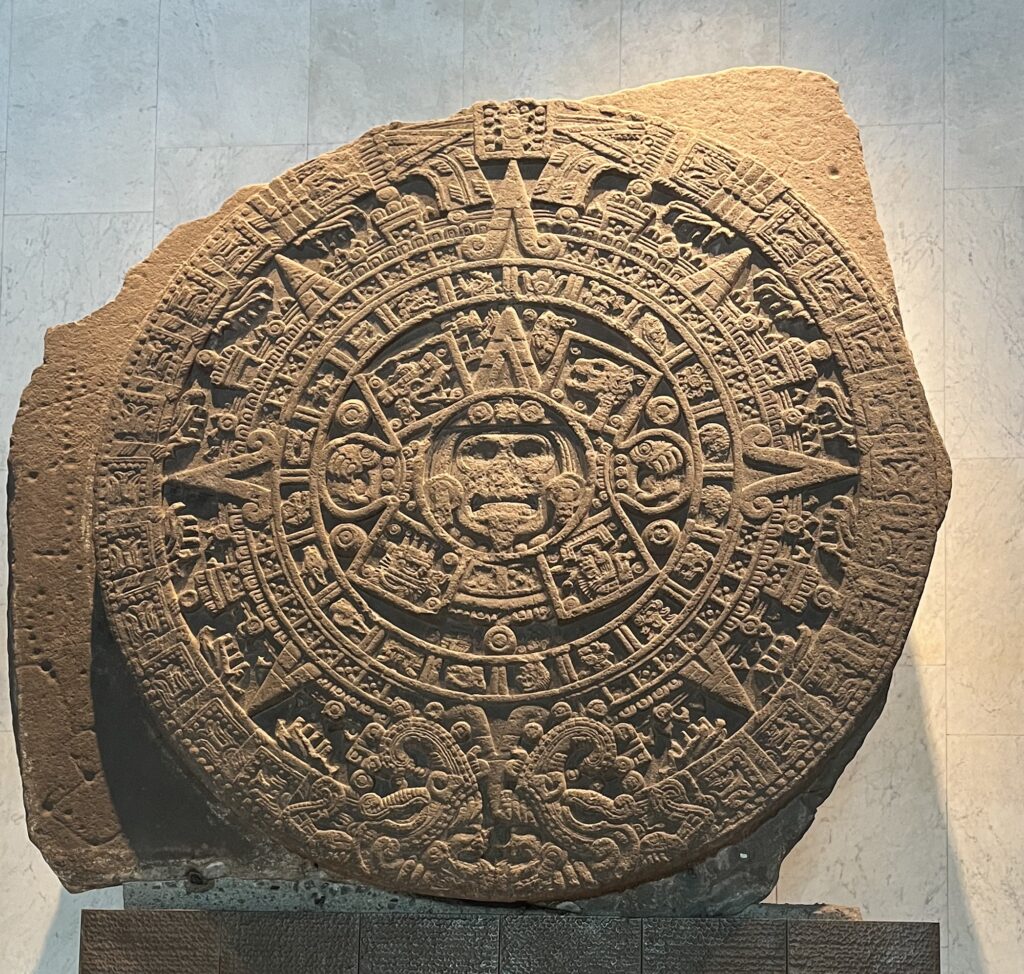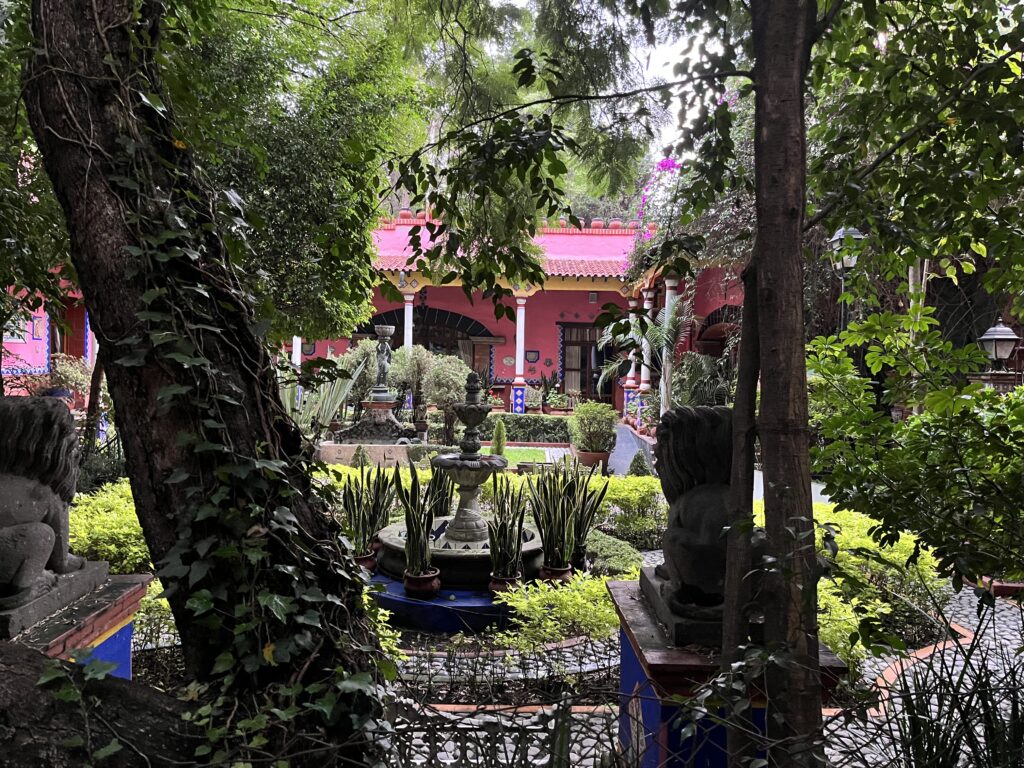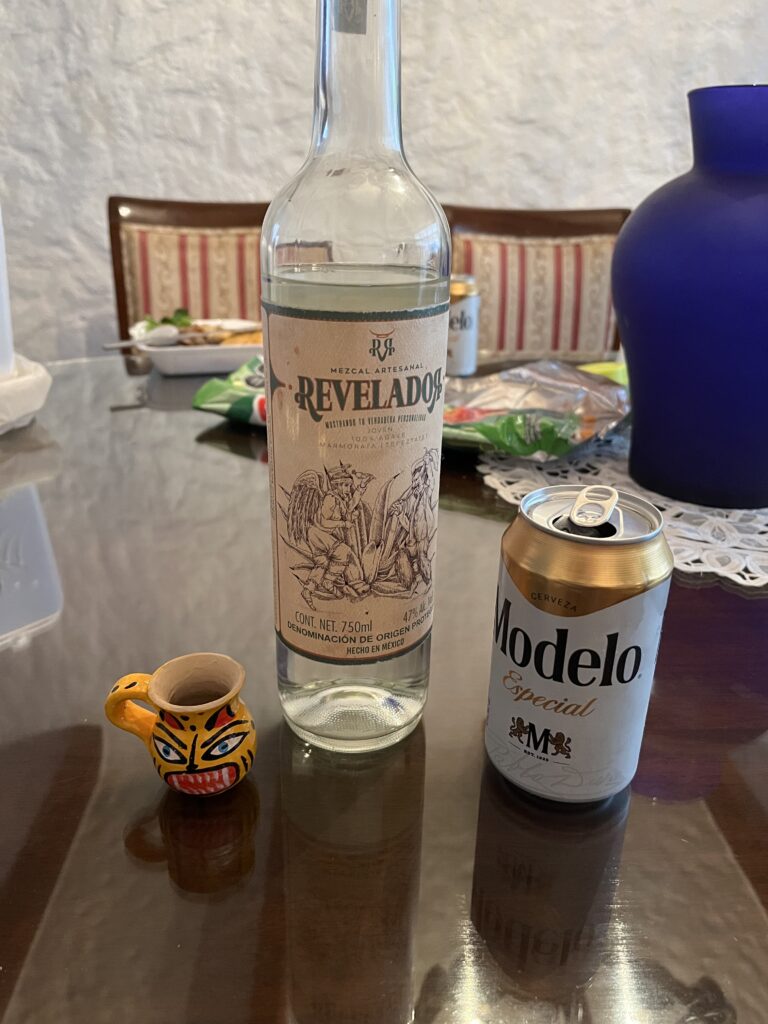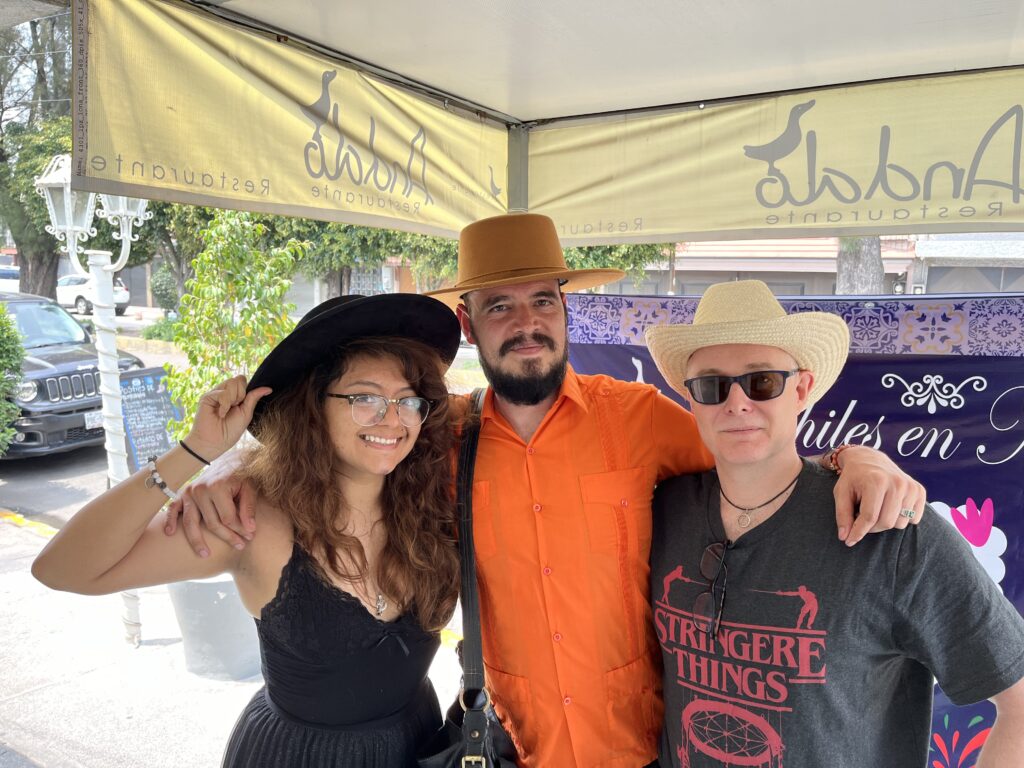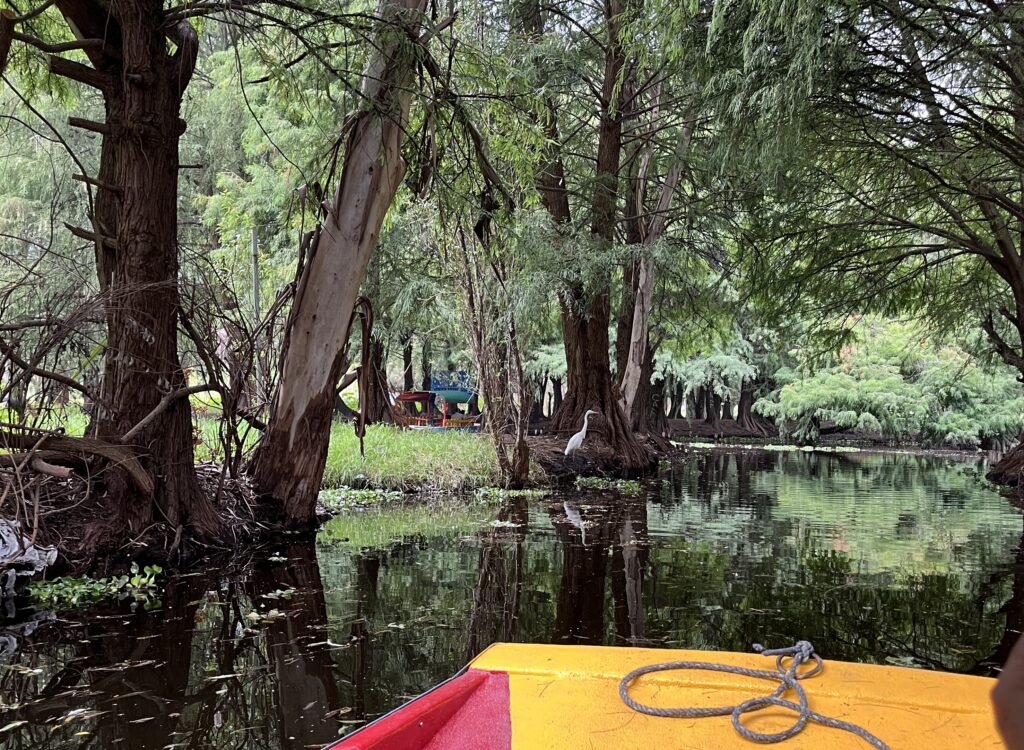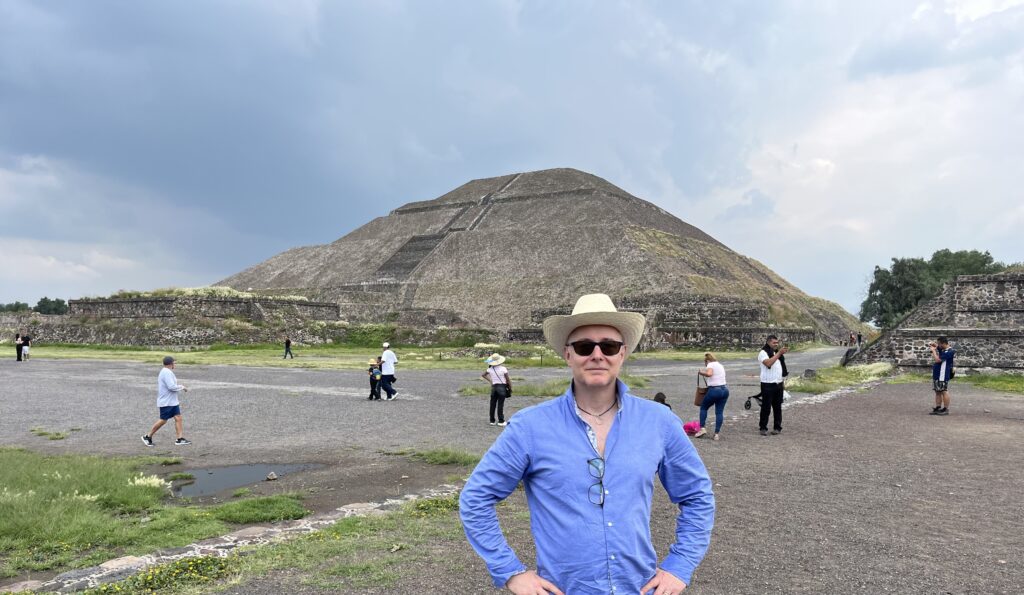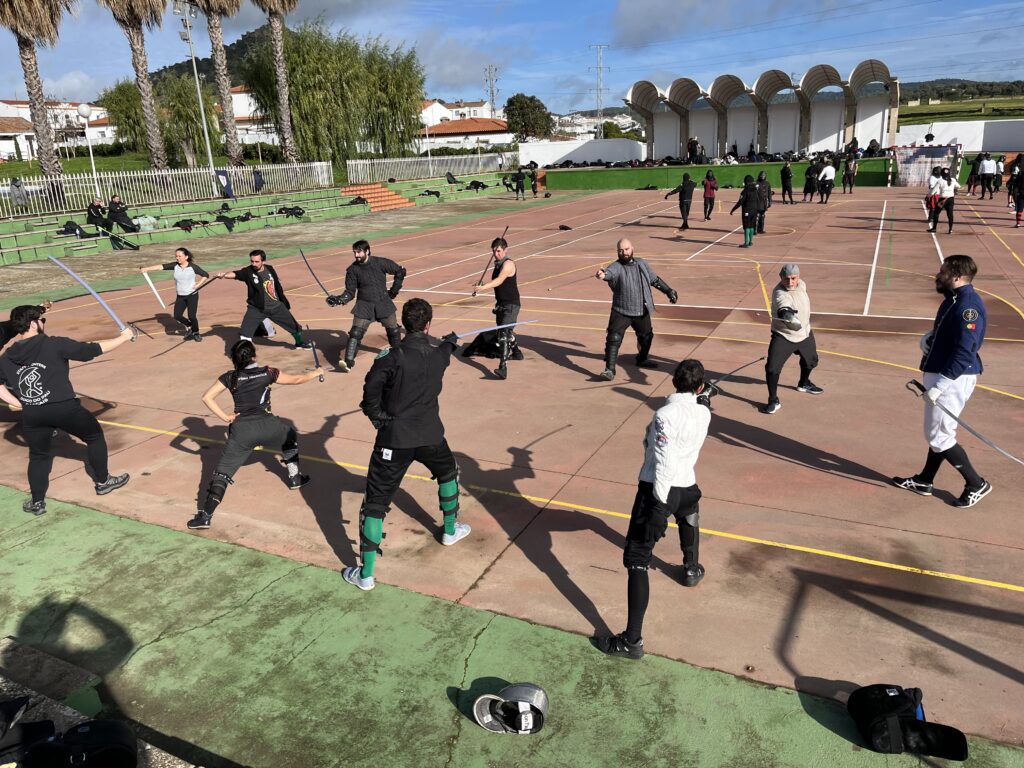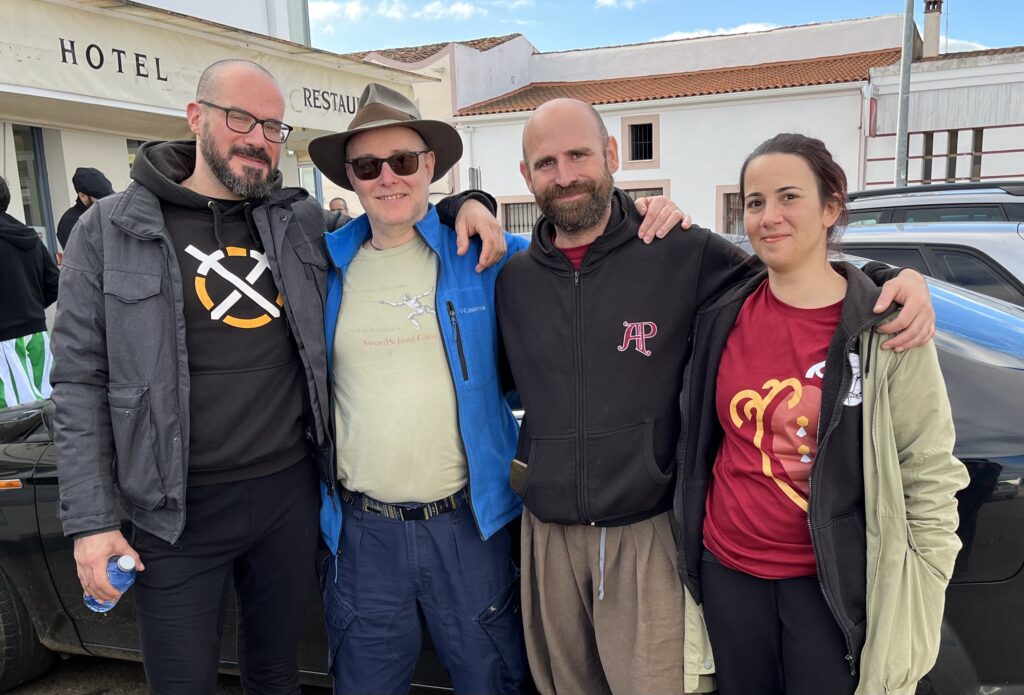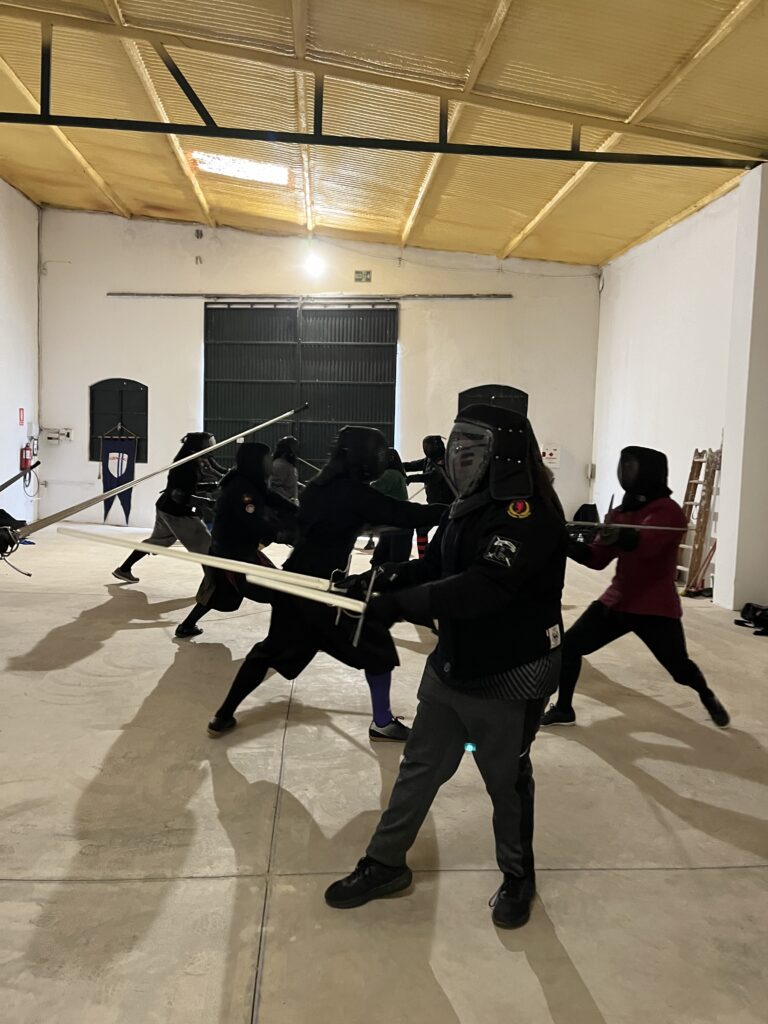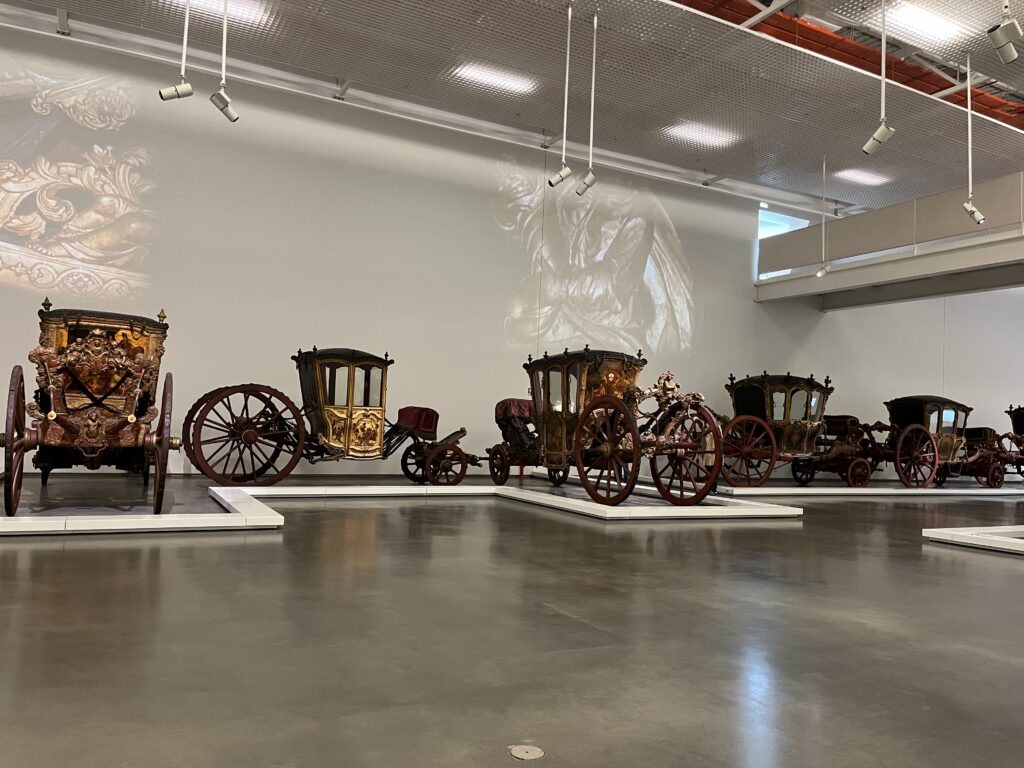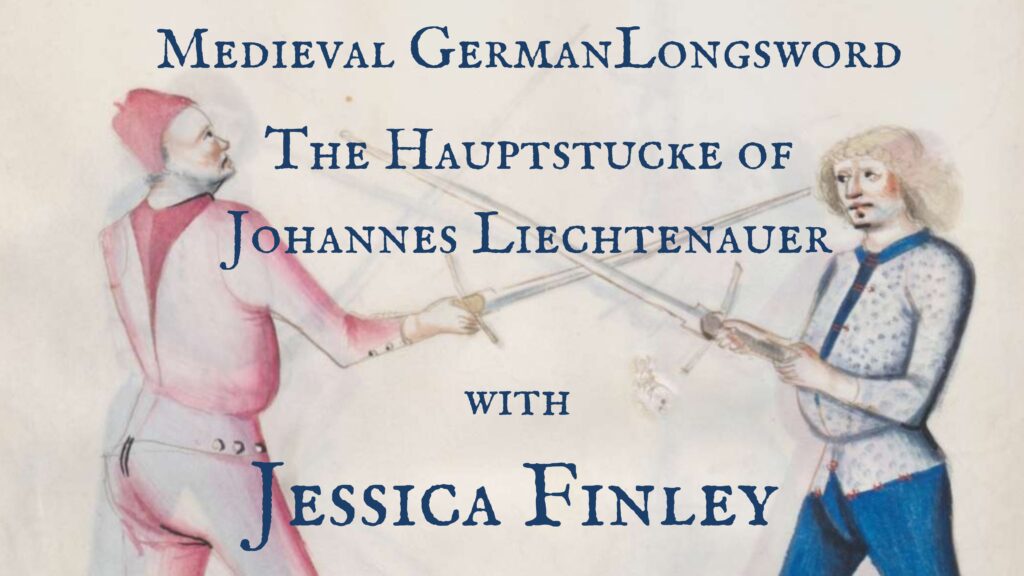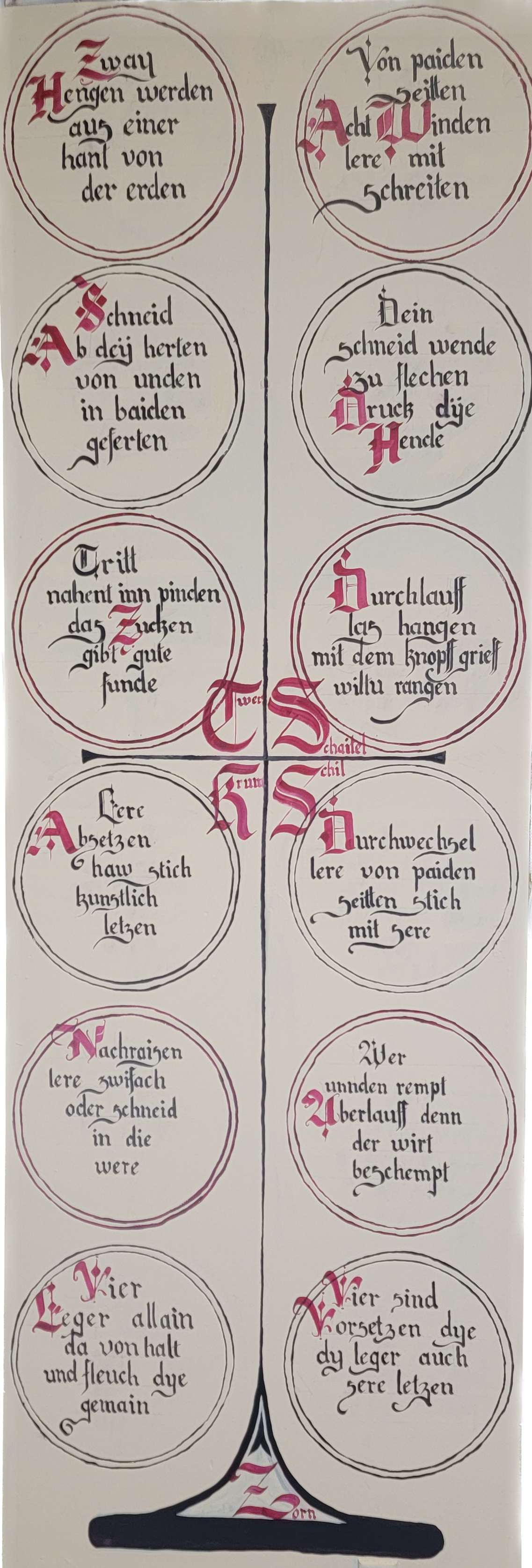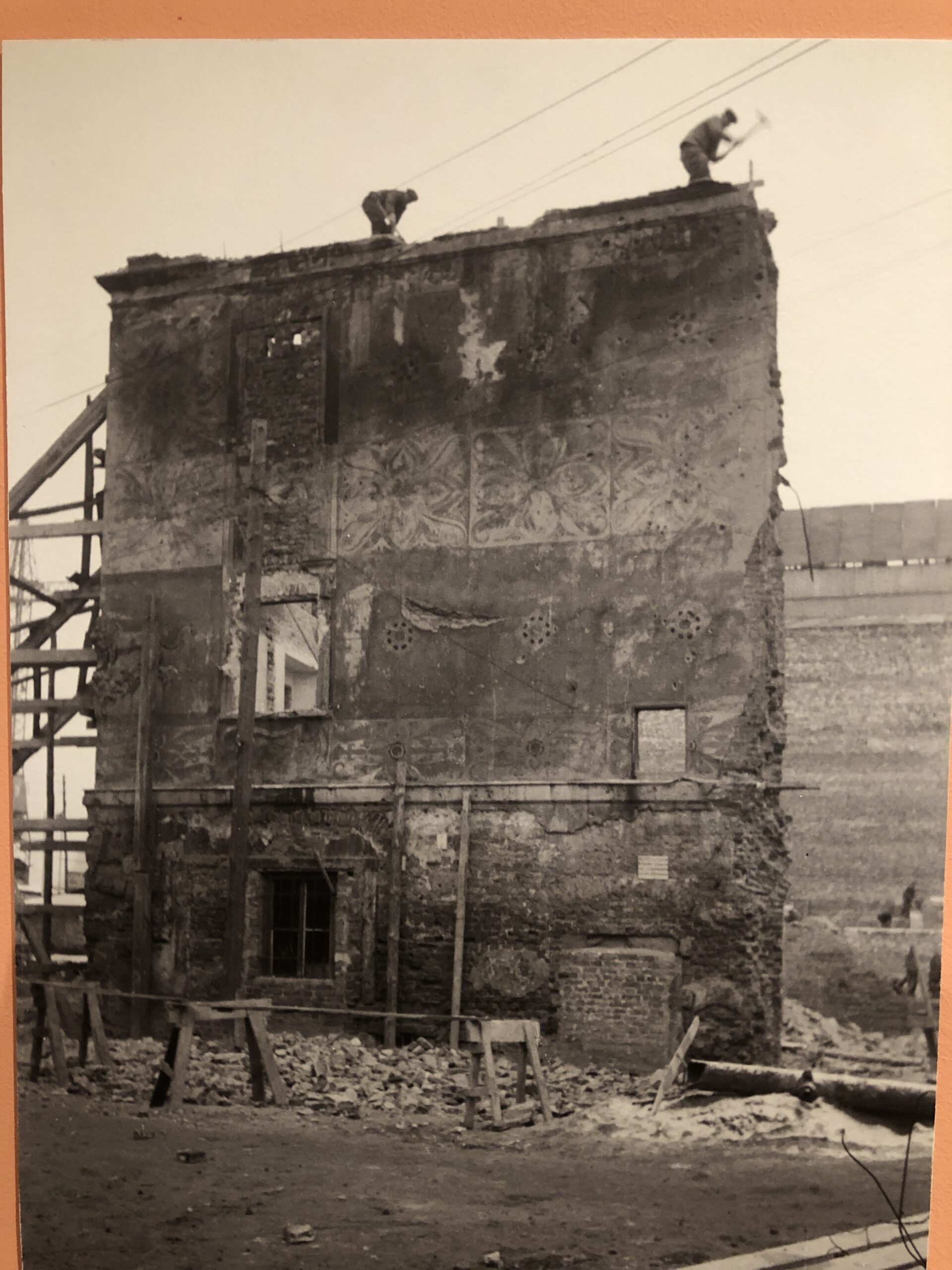You may recall that my recent trip to Mexico blew me away. What a country, what people.
And yes, what food.
I’ve had lots of “Mexican” food before: some awesome, some so-so. But nothing prepared me for the breadth and depth of the Mexican food experience. I ate everywhere from people’s homes, to roadside shacks, to decent restaurants, and it was all excellent. I’ll kick off this post with some basic traveller advice on not getting sick while travelling to such places, then just go through the dishes I experienced in order. With photos!
Table of Contents
ToggleTraveller’s Tips
1. Do not drink the tap water. At all, ever. I’d recommend brushing your teeth in filtered water, and hold a mouthful of filtered water in your mouth when having a shower, to prevent you accidentally swallowing anything. Spit it out when you’re done in the shower.
2. Suero. This is a mix of rehydration salts that you can get at any pharmacy. Mix a packet in with a litre of filtered water to rehydrate if you do get sick. Throw away any undrunk mixture after 24 hours.
3. Probiotics. Much of the intestinal distress associated with travelling to Mexico comes from a fight between your existing gut biome, and the bacteria you’re exposed to while you’re there. They are not friends, and those Mexicans fight dirty. So start taking probiotics before you go, and keep taking them while you’re there, whether you feel well or not. I’m quite impressed with the Enterogermina ampoules that I got in Mexico, and with the Probio 7 50+ that I got when I got home.
For thoughts on managing jet lag, see here.
Rusa, or agua minerale preparada
This is just a glass of mineral water, with lime juice, and salt around the rim of the glass. Putting the salt round the glass like that means you can take as much or as little of it as you want/need. And the lime juice is great for vitamin C and digestion. Honestly, why drink plain water ever again? It's available just about everywhere, and superb for keeping you hydrated- much better than plain water would be. I failed to take a photo of it, sorry.
Enmoladas
My first meal in Mexico was breakfast enmoladas. These were stunningly good. They look like a dessert, but they’re not. They are tortillas stuffed with chicken, in a mole, which is based on cocoa, but is not what most people think of as chocolate. It’s a bit spicy, a bit savoury, a bit umami, a thousand percent delicious. This was served with coffee and carrot juice.
Pozole
This is a traditional Aztec dish, a kind of spicy stew. They have changed one major ingredient though. It used to be made with the flesh of your enemies, but is now made with pork. It’s one of those classic dishes which get fought over- which part of Mexico has the best pozole? I couldn’t possibly say- I had it a couple of times, and they were differently fabulous. Pairs well with a dark Modelo.
Chile en Nogada
This dish is only available for a short time each year, which happens to coincide with Mexican independence day (September 16th). The red, white, and green of the dish represent the colours on the Mexican flag. The large poblano chile is stuffed with meat and fruit, and covered in the white walnut sauce. It’s another somewhat sweet, somewhat umami, utterly divine dish.
Elote
Mexican cuisine is based on corn the way European cuisine is based on wheat. It’s everywhere, and sometimes it’s just on its own, boiled or grilled over charcoal from a roadside cart, late at night, with friends. I had the version with chilli powder and lime. My lips stung for ages, but it was totally worth it.
Barbacoa
This is not barbecue, as in meat grilled over charcoal or smoked. This is meat that it soft and juicy and tender from being roasted in a pit in the ground, much like a Hawaian imu. You can also do it in the oven. I failed to take a picture because I was too busy eating it.
Tetelas con chapulines
This is a Oaxacan delicacy. A tetela is a triangular folded tortilla, stuffed with food. In this case, crickets. They are slightly spicy, quite umami, and delicious. I also had tetelas stuffed with tasajo (a kind of dried meat), and huitlacoche, which is a mushroom that only grows on corn.
I didn’t take pictures of the quesadillas con carnitas, nor the rose-petal flavoured ice-cream. Nor so many other culinary delights. And, let the record state, the only time I did actually get sick was after eating at a place that specialised in American-style food (it was open and close by, no other reason to go there).
It’s funny to think that Mexican food outside Mexico is mostly tacos and burritos. Which is like Italian food outside Italy being mostly pizza and pasta. Yes, there’s a lot of both in Italy, but they are just the tip of a gastronomic iceberg. Just so with Mexico. While there is a lot of pork involved, there is also a huge tradition of vegetarian food (such as the tetelas con huitlacoche). And yes there’s a lot of corn there too, but not in the chiles en nogada.

